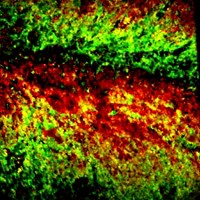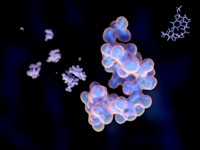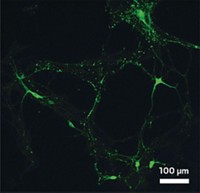Advertisement
Grab your lab coat. Let's get started
Welcome!
Welcome!
Create an account below to get 6 C&EN articles per month, receive newsletters and more - all free.
It seems this is your first time logging in online. Please enter the following information to continue.
As an ACS member you automatically get access to this site. All we need is few more details to create your reading experience.
Not you? Sign in with a different account.
Not you? Sign in with a different account.
ERROR 1
ERROR 1
ERROR 2
ERROR 2
ERROR 2
ERROR 2
ERROR 2
Password and Confirm password must match.
If you have an ACS member number, please enter it here so we can link this account to your membership. (optional)
ERROR 2
ACS values your privacy. By submitting your information, you are gaining access to C&EN and subscribing to our weekly newsletter. We use the information you provide to make your reading experience better, and we will never sell your data to third party members.
Biological Chemistry
New Copper Sensor Probes Metal Ion’s Roles In Nerve Circuits
Fluorescent molecule could demystify what the transition metal is doing in the brain
by Carmen Drahl
November 17, 2014
| A version of this story appeared in
Volume 92, Issue 46
Biological copper can be tightly bound in a protein’s active site, or it can be dynamic and loosely bound. Loosely bound copper has been tentatively linked to cell signaling, but that’s difficult to verify with imaging techniques. But now Christopher J. Chang’s lab at the University of California, Berkeley, has developed a new fluorescent probe and used it to explore copper’s roles in mouse neural circuit cultures (Proc. Natl. Acad. Sci. USA 2014, DOI: 10.1073/pnas.1409796111). Chang’s team reasoned that its prior probes were inadequate for tissue imaging because the molecules’ hydrophobicity gave them a tendency to aggregate in such environments. The researchers designed their latest probe (shown) to be more hydrophilic yet retain its brightness and selectivity for Cu+ over other ions. They then visualized loosely bound copper in neurons cultured from the hippocampus or retina of developing mice. When the team chelated copper away or genetically inactivated a copper transporter protein, the neural circuit cultures experienced more frequent spikes in calcium concentration, a surrogate for neuronal activity. The Chang lab’s probes “are a very important step toward interrogating labile copper in cells and possibly tissue,” says Martina Ralle, who studies the cell biology of metals at Oregon Health & Science University.





Join the conversation
Contact the reporter
Submit a Letter to the Editor for publication
Engage with us on Twitter